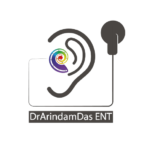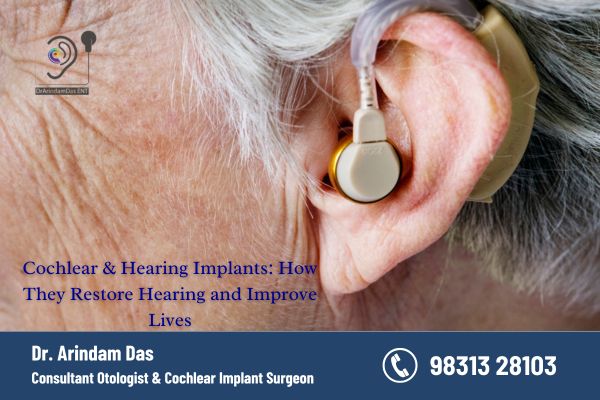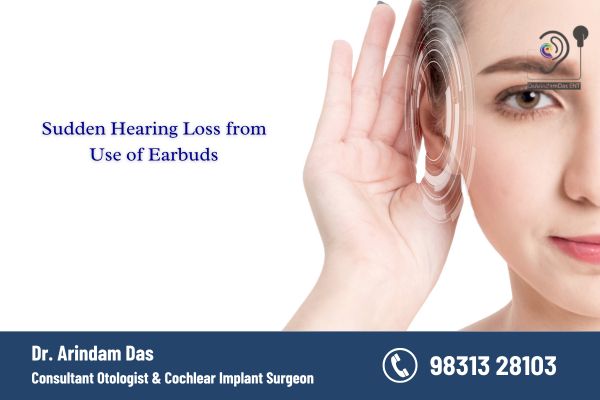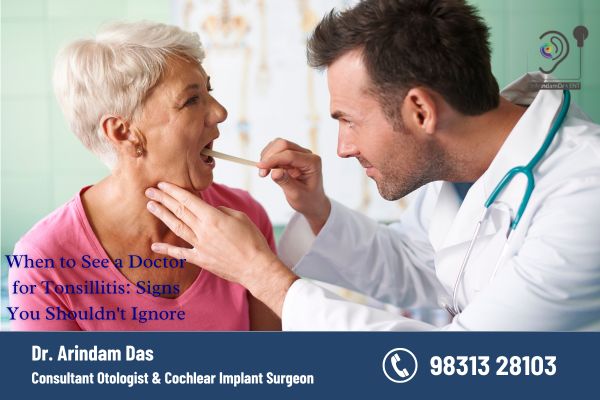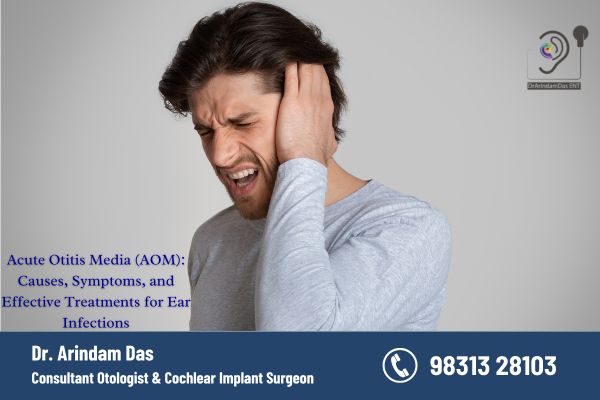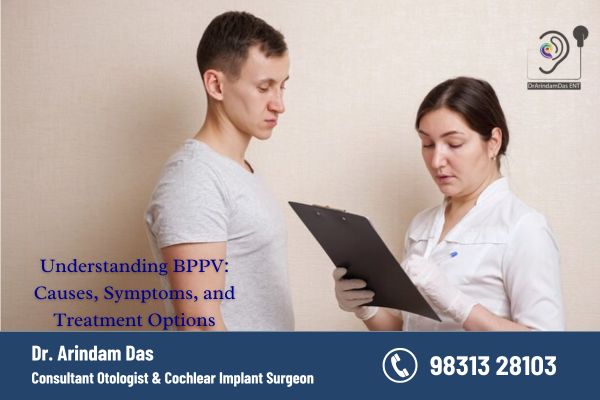A Journey to Healing: My Wife’s Successful Ear Surgery Under Dr. Arindam Das
A Journey to Healing: My Wife’s Successful Ear Surgery For months, my wife had been struggling with persistent ear-related issues—discomfort, repeated infections, and symptoms that simply refused to go away. These problems slowly began to affect her daily life, sleep, and overall well-being. Despite consulting multiple doctors and trying various treatments, nothing provided long-term relief. That’s when we discovered NIM and were referred to Dr. Arindam Das, a highly respected ENT surgeon known for his expertise and patient-centered care. First Impressions That Built Trust Right from our first visit, Dr. Das made a remarkable impression. His calm, friendly demeanor instantly put us at ease. He took time—real time—to listen to every complaint, understand the history, and examine the case thoroughly. What stood out the most was his clear communication. He explained every detail with patience, ensuring we understood the diagnosis, the possible treatments, and what to expect. This transparency helped us feel informed, reassured, and confident in the path ahead. The Decision for Surgery After a series of evaluations, Dr. Das recommended ear surgery as the most effective solution. Naturally, we had concerns. Surgery is never an easy decision for a family. But once again, Dr. Das stepped in with the clarity and empathy we had come to appreciate. He explained the procedure, potential risks, and expected recovery in a simple, understandable way. His confidence and reassurance made a world of difference. A Smooth and Successful Surgery The surgery went smoothly, performed with precision and exceptional care. To our relief, the recovery process was far easier than we expected. My wife healed quickly, with minimal discomfort, and within a short time, her symptoms had almost completely disappeared. Seeing her regain her comfort, energy, and quality of life has been nothing short of amazing. What Makes Dr. Arindam Das Exceptional Beyond his surgical skill, Dr. Das brings something incredibly valuable—compassion. He treats patients like people, not cases. His willingness to answer questions, provide clarity, and offer emotional support sets him apart as a truly exceptional doctor. His professionalism, dedication, and human touch made this journey far less stressful and far more reassuring. Our Gratitude and Recommendation Today, my wife is doing wonderfully, and we are deeply grateful to Dr. Arindam Das for his care, humility, and expertise. If you or your loved ones are dealing with ENT concerns, I wholeheartedly recommend consulting him. In a world where finding the right doctor makes all the difference, Dr. Das stands out as one of the finest specialists we have met.
A Journey to Healing: My Wife’s Successful Ear Surgery Under Dr. Arindam Das Read More »
